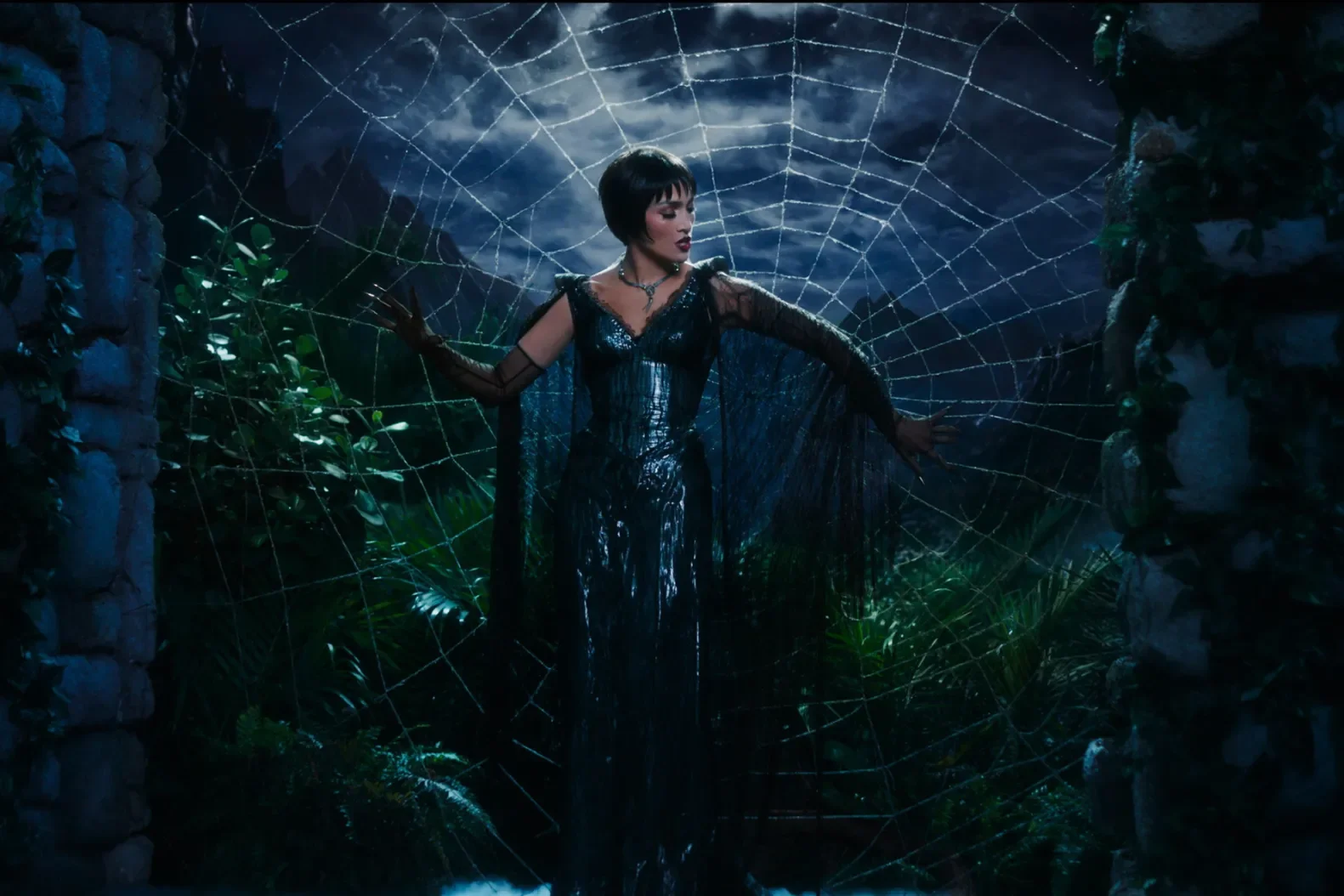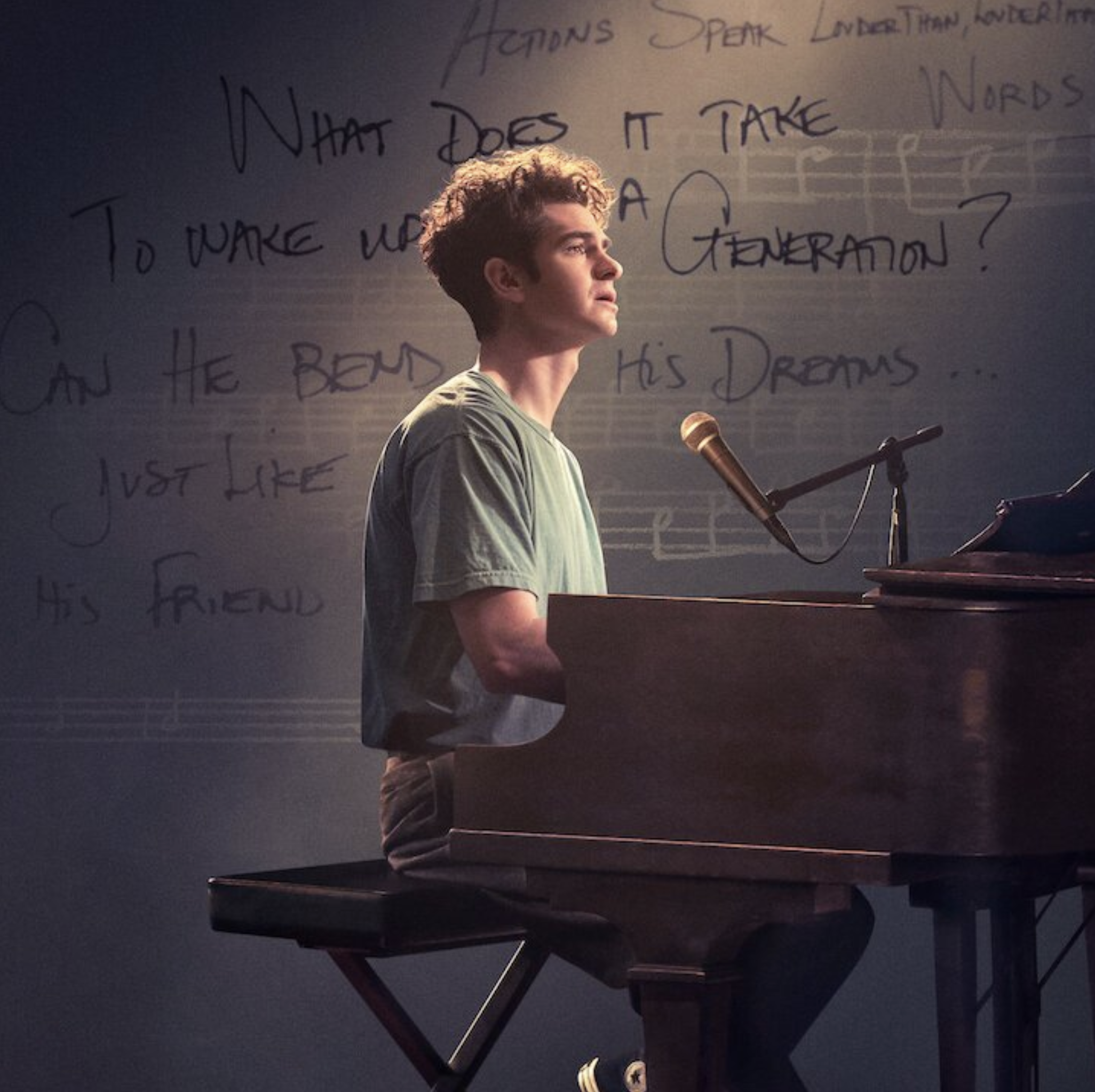Halftime (The J.Lo Documentary): Why Netflix Could’ve Left More “On The Floor”
Moviegoer Rating: ★★ ½
Jennifer Lopez was one of those people who always popped up in the most random of scenarios, whether as a reality show judge, an awards show performer, or, most often, as the face of the latest tabloid publication. Yet despite how often I encountered her, she was still never someone I paid much attention to – except when rewatching old dance recital videos where we danced to her hit, “Let’s Get Loud.” (Seriously, I don’t know what my studio’s obsession with the song was, but we danced to it a lot.)
That was until she was announced as one of the two headliners for the 2020 Super Bowl Halftime Show. I had never watched the Super Bowl before – crazy, I know! – but her performance that day was the most impressive, versatile, and all-consuming that I had ever seen. Not only that, but despite it being my first game, I was keenly aware of what it meant for a Latina like J.Lo to be performing at such a quintessential American cultural event. In short, I was in awe.
So when I saw the trailer for Halftime, the new J.Lo documentary on Netflix, I was instantly hooked. I wanted to know exactly what had gone into putting together the masterpiece that was her Super Bowl performance.
And indeed, Halftime does tell the story of that legendary show. From the first call with the NFL to the moment she gets on the stage, we are privy to every step of J.Lo’s creative process. But Halftime also talks about a list of other things: J.Lo’s family, her childhood, her objectification in the media, her Golden Globe nomination, and her Oscars snub, just to name a few. It’s all interesting, sure, but by cramming so much into an hour and a half, every topic gets simply glossed over without room for any depth.
The most notable example of this is in Lopez’s disagreements with the NFL. The documentary is full of references to her frustrations with the organization, including that they forced two Latinas to split the job that is typically given to a single artist, and that they tried to prevent her from making a political statement through her performance. Yet none of these issues are given substantial screen time. In what seemed like it could be the climax of the film, when the NFL says no to the cages on stage the day before the performance, I was waiting for J.Lo to threaten not to perform. Instead, she laments to some members of her team that the show would be pointless without the cages, and expresses similarly soft sentiments to a representative from the NFL. And suddenly, voilá! The cages remain.
I highly doubt it all went down that pleasantly.
Additionally, I was disappointed to find that a large portion of the footage used in the film was taken from Lopez’s interviews with other channels and companies. It seemed as though Netflix was cutting costs everywhere they could, going as far as avoiding doing new interviews with the star of their documentary. Granted, everyone knows that Netflix has been facing some financial troubles… but to the point of having to resort to outside footage of J.Lo? I’m not convinced.
With all of that said, Halftime had its small moments of excellence. For example, when J.Lo visits a children’s dance class, the visit is intercut with shots of the same little girls dancing with her on the Super Bowl stage. This editing was a clever way to signal J.Lo’s flash of inspiration that would come to define her performance, and it also brought some artistry to an otherwise linear and straightforward film. Additionally, the director’s choice to include everyday footage of Lopez with her daughter, including a scene where her daughter is petitioning for a pet gecko, truly humanized an otherwise idolized pop star. These moments made the documentary not just about J.Lo the legend, but J.Lo the mom and, ultimately, J.Lo the human.
Still, I finished the documentary feeling as though I had heard a little bit about everything but retained virtually nothing. With more direction and more original interviews, perhaps the film would have been more notable. And the truth is, J.Lo’s iconic Super Bowl performance deserved a documentary that was far more than notable. Ultimately, Halftime was a giant missed opportunity for Netflix to shine a light on one of the greatest performers of our era.
Halftime is now streaming on Netflix.
Popular Reviews

















![Three Essential Black Mirror Episodes for New Viewers [SPOILERS]](https://images.squarespace-cdn.com/content/v1/608d9ef497633c6b6eb71caf/1620754679358-1W0DAR492IZLWOAV28J9/a27d24_dbbb6890773a4d818a88751169d459e6_mv2.jpg)
![Rethinking ‘Uncut Gems:’ A Movie That Gets Better on Rewatch [SPOILERS]](https://images.squarespace-cdn.com/content/v1/608d9ef497633c6b6eb71caf/1620754008534-CPIHLH71DT1V6PC7NSEE/MMVF3C6F7B2D924CE182A5D94FB51C9853AC.jpg)






